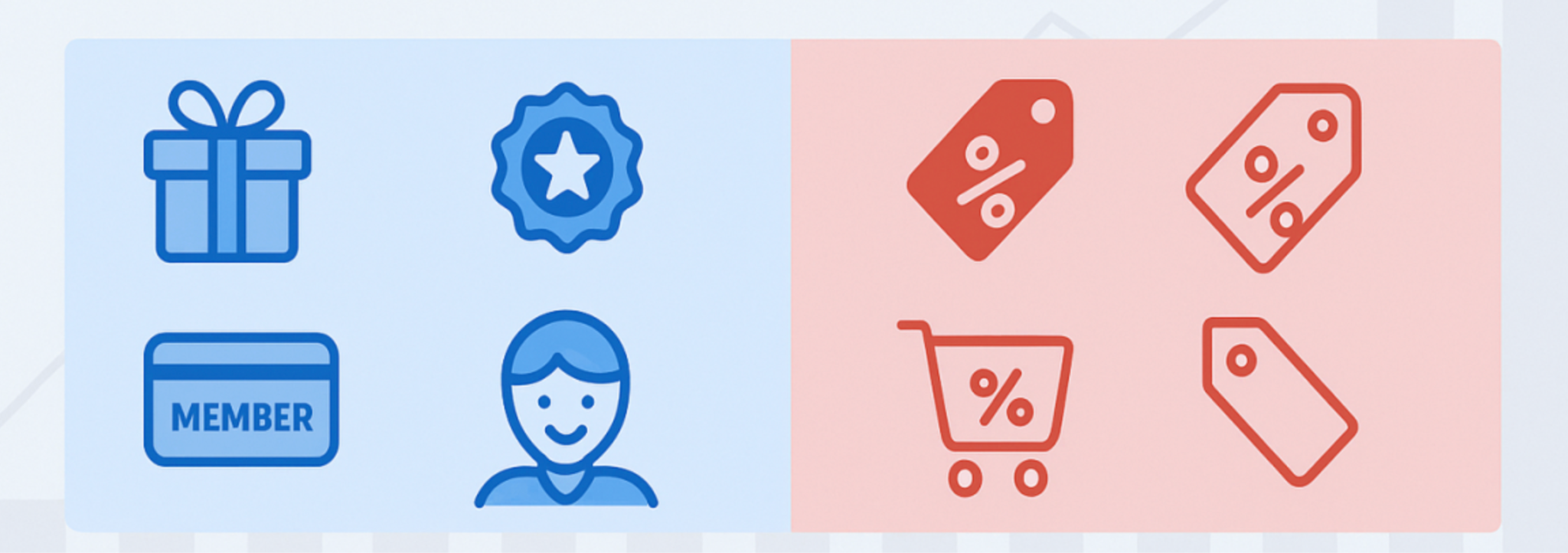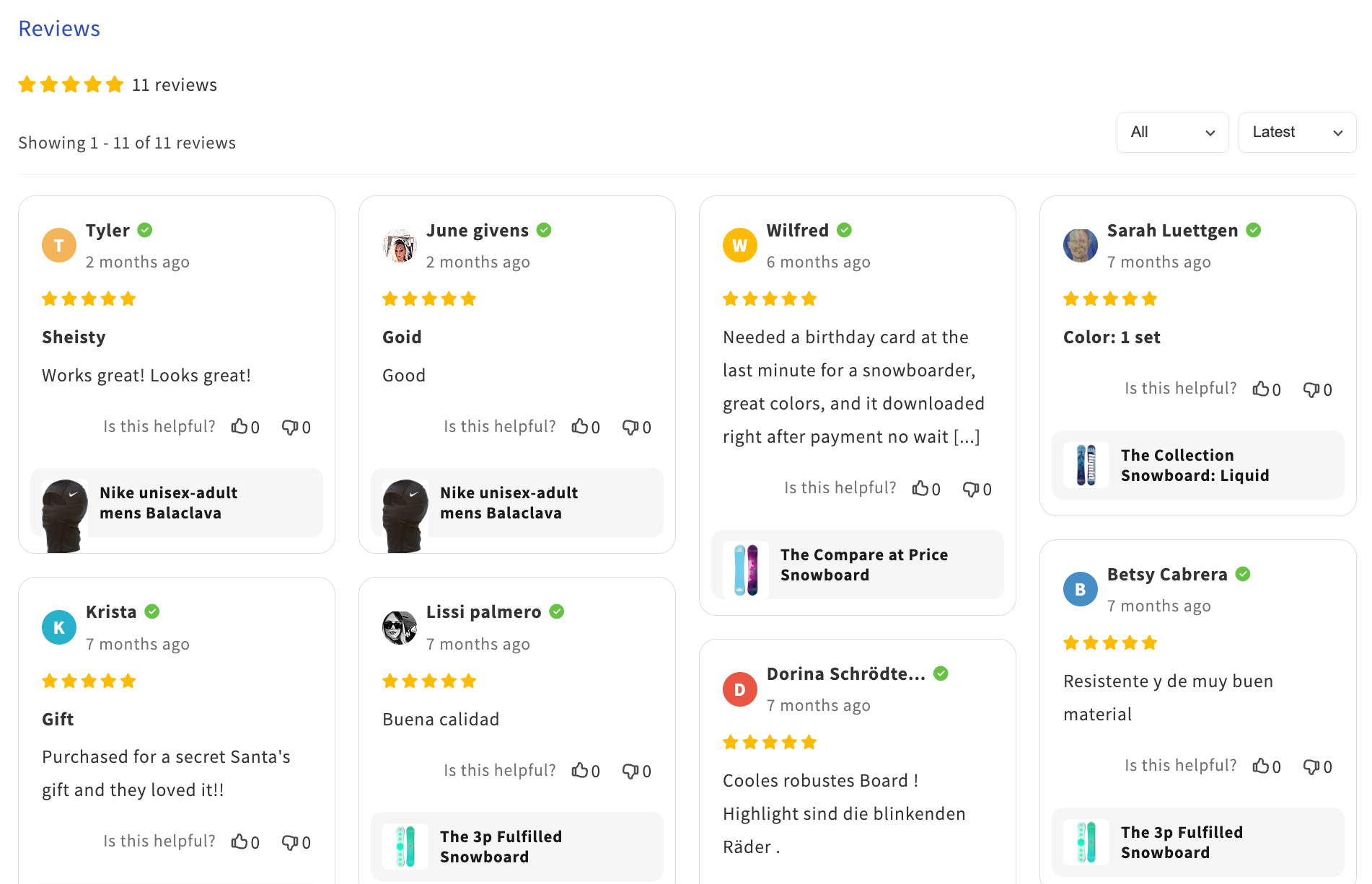
Promotional campaigns are one of the most effective ways to attract new customers, engage existing ones, and boost sales quickly. Whether you’re running an online store or managing a physical retail business, a well-designed campaign can spark urgency, increase visibility, and help you stand out from competitors. But not all campaigns are created equal. To truly skyrocket sales, you need more than just discounts, but you need a strategy that blends psychology, data, and creativity.
In this guide, we’ll break down the steps to creating promotional campaigns that deliver real results.
Before launching any campaign, you must know who you’re trying to reach. A generic promotion may bring some traffic, but a tailored one resonates deeply and leads to higher conversions.
When you know your audience inside out, you can design a promotion that feels personal rather than generic.
Not every campaign should focus only on immediate sales. Sometimes the objective is to build long-term relationships or increase brand awareness. Setting goals helps you design a focused campaign and measure success effectively.
Clear goals prevent you from wasting effort on promotions that don’t serve your business growth.

Promotional campaigns aren’t one-size-fits-all. The type you choose should depend on your audience, product, and goals.
The right format, loyalty or discounts, can also depend on your product type. For example, fashion and lifestyle brands can use Lookfy to design promotional lookbooks around seasonal collections, making campaigns more visual and engaging.
Even the best discounts won’t convert if your campaign messaging falls flat. Customers respond to language that’s clear, persuasive, and emotionally engaging.
The goal is to make the customer feel they’ll miss out if they don’t take advantage of your offer.
Where you promote your campaign matters just as much as what you’re offering. Different audiences spend time on different platforms, so choose wisely.
If you want to maximize reach, pair these with trust-building tools. For example, Ryviu lets you showcase authentic product reviews and star ratings on landing pages, making your campaigns more persuasive when potential buyers click through.

The most successful campaigns tap into consumer psychology. A few well-placed triggers can dramatically increase conversions.
When combined with compelling offers, these triggers can make your campaigns irresistible.
If your checkout process is clunky, customers may abandon their carts no matter how appealing the promotion is. Make sure the entire journey feels effortless.
Smooth experiences increase conversion rates and make customers more likely to return.
No campaign is complete without measuring results. Tracking helps you understand what worked and what didn’t, so you can optimize future efforts.
Data-driven insights will allow you to refine your next campaign for even stronger results.
A great promotional campaign doesn’t just deliver a one-time sales boost, but it sets the stage for lasting customer relationships.
The goal of this long-term strategy is to transform a short-term campaign into long-term loyalty and higher lifetime customer value.
Promotional campaigns can be powerful tools to skyrocket sales, but only if executed with a clear strategy. Start by understanding your audience, setting goals, and choosing the right promotion type. Combine compelling messaging with the right channels, use psychological triggers, and ensure a seamless shopping experience. Finally, measure results and build on each campaign to strengthen your customer relationships.
When done well, promotional campaigns not only increase sales, but they also build trust, encourage loyalty, and create momentum for future growth.